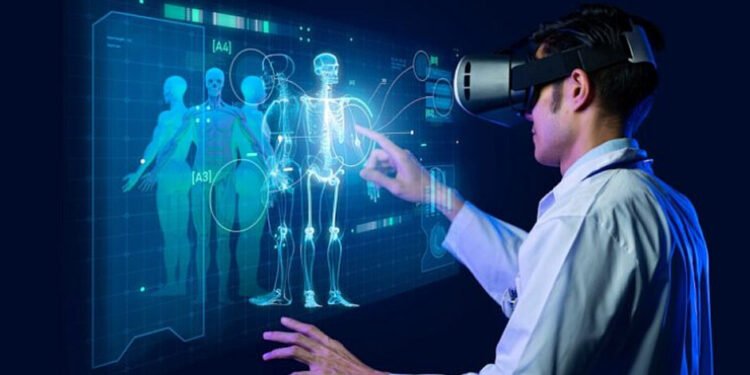Remember when healthcare audits meant someone sitting at a desk for weeks, going through stacks of paper claims with a highlighter and calculator? Those people probably went cross-eyed trying to spot billing errors and duplicate payments in mountains of paperwork. Thankfully, those nightmare scenarios are mostly behind us now. Technology has completely transformed how healthcare auditing works, making it faster, more accurate, and way less likely to drive audit teams to the brink of insanity.
Computers Are Way Better at This Than Humans
The shift in medical claims auditing has been pretty incredible to watch over the last few years. Artificial intelligence and machine learning have taken over most of the grunt work that used to require teams of people working overtime with red pens and spreadsheets. Today’s software can churn through massive databases of claims information and spot problems that would take human auditors months to find.
These systems don’t just catch the obvious stuff like billing for the same procedure twice. They can pick up on weird patterns that might suggest bigger problems, like a dermatologist who keeps billing for heart surgery or combinations of services that make no medical sense when you really think about them.
Getting Answers in Days Instead of Years
Technology has made healthcare audits ridiculously fast compared to the old days. What used to take months of manual review can now be done in a few days, giving organizations detailed reports about where they’re losing money and what they need to fix.
The accuracy improvements are just as impressive. While the best human auditors might catch most errors in a stack of claims, modern algorithms can spot over 90% of problems while processing way more data than any human team could possibly handle. Plus, computers don’t get tired, distracted, or need coffee breaks every two hours.
Catching Problems Before They Become Disasters
One of the coolest things about modern auditing technology is that it can watch claims as they come in instead of waiting for someone to decide it’s time for an audit. This means organizations can catch and fix problems right away instead of discovering months later that they’ve been hemorrhaging money.
These real-time systems can automatically flag claims that look suspicious, hold them for review before cutting a check, and even suggest fixes based on what they’ve learned from similar situations. This prevents small mistakes from turning into major financial headaches that require awkward conversations with providers about getting money back.
Finding Patterns Nobody Knew Existed
Modern healthcare auditing technology does more than just find errors; it can reveal trends and patterns that help organizations make smarter decisions. Advanced analytics might show that certain provider groups consistently make the same types of mistakes, or that specific procedures are always getting coded wrong, or that billing patterns in one region look completely different from everywhere else.
This kind of insight helps healthcare organizations figure out where they need better training, policy changes, or additional oversight. Instead of just playing whack-a-mole with errors after they happen, organizations can use audit data to prevent similar problems from popping up again.
Technology has turned healthcare auditing from a tedious, reactive chore into a powerful management tool that helps organizations stay financially healthy while keeping up with all the crazy regulations they have to follow.












